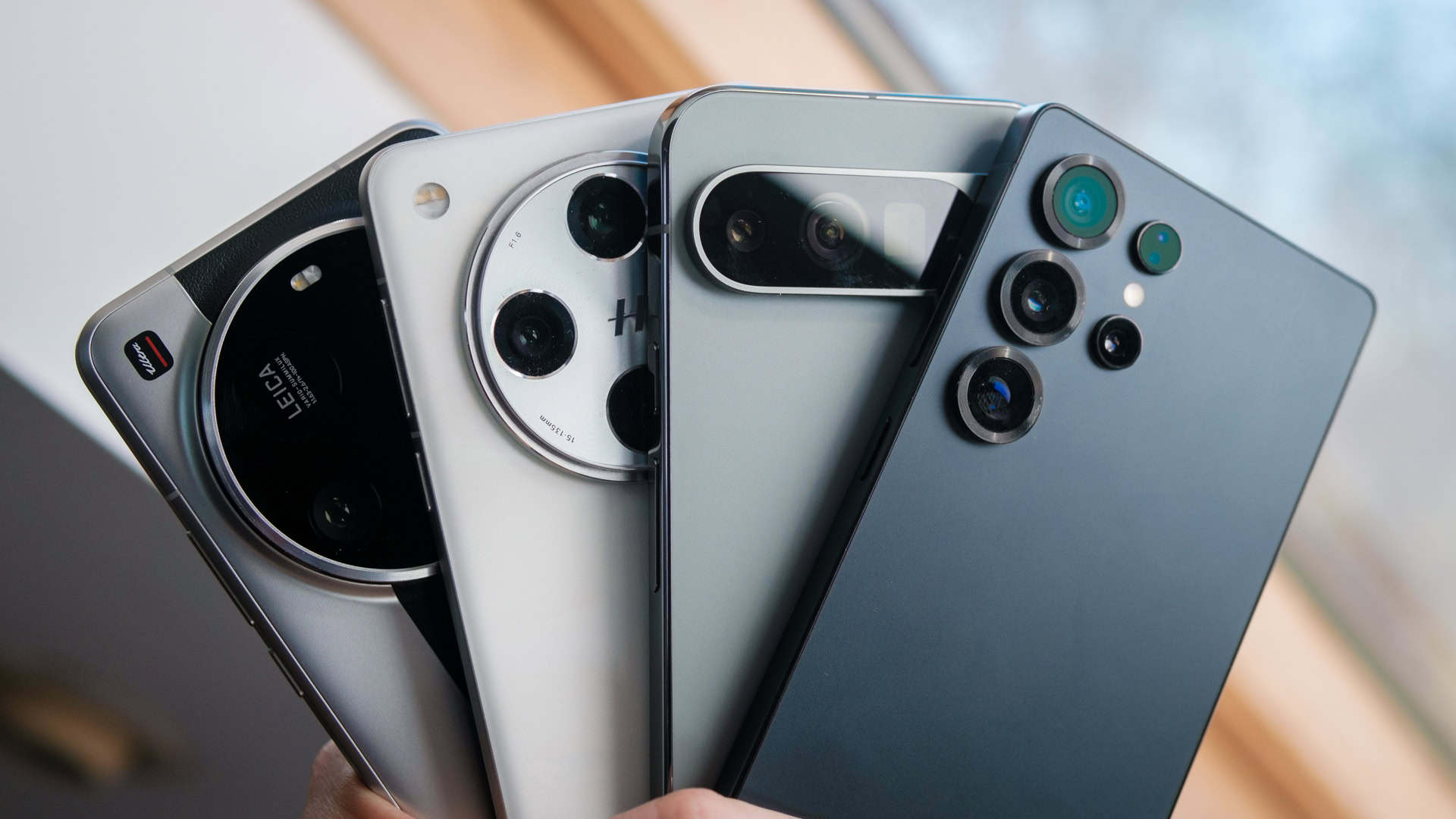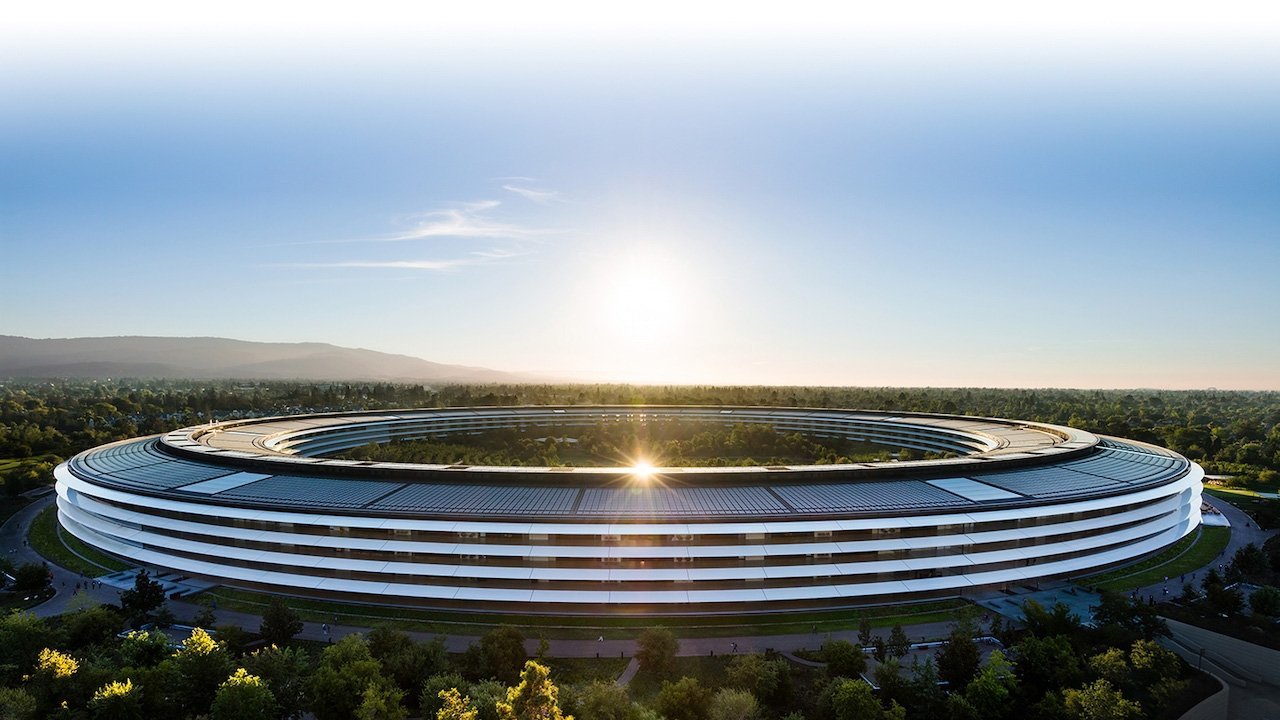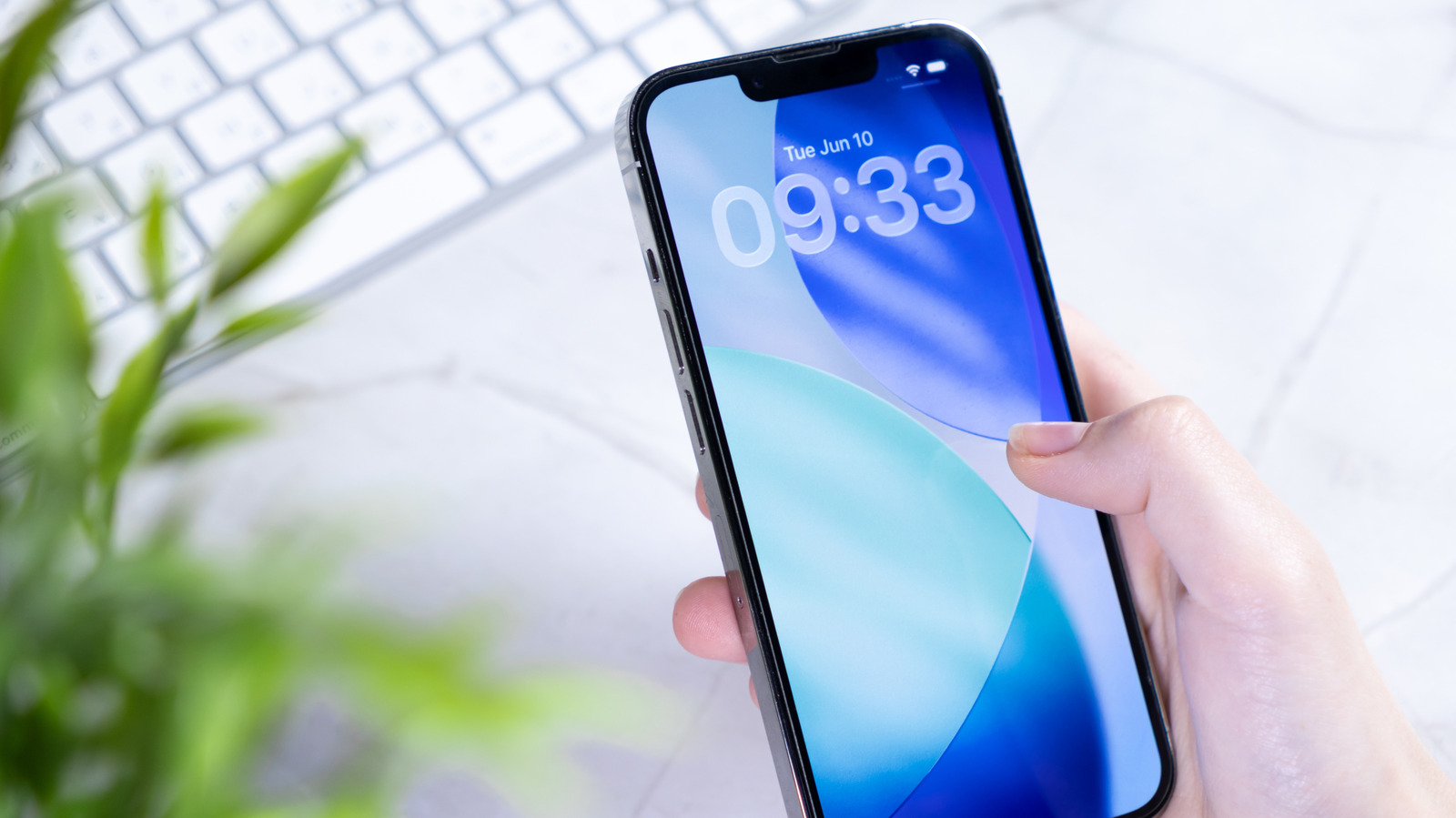Robert Triggs / Android Authority
I’ve seen some absolutely phenomenal camera phones cross my desk this year. The extravagant Xiaomi 15 Ultra and more mainstream OnePlus 13, in particular, have upped the ante on the iPhone, Galaxy, and Pixel triopoly, providing avid photographers more choice than ever before.
While some of their best bits will inevitably trickle down to more affordable price points, thereby introducing more consumers to these superb capabilities, there’s also a sense that we might finally be bumping up against the wall of progress.
We can’t fit bigger sensors in our phones without accepting colossal camera bumps or overly-wide fields of view. Likewise, the best zoom cameras are increasingly resorting to clever crops and upscaling, given the lack of space for physically longer focal lengths, even with periscope designs. All hope is not lost, though; there are some important mobile photography innovations on the horizon that you should still keep an eye out for.
Better HDR than mirrorless cameras
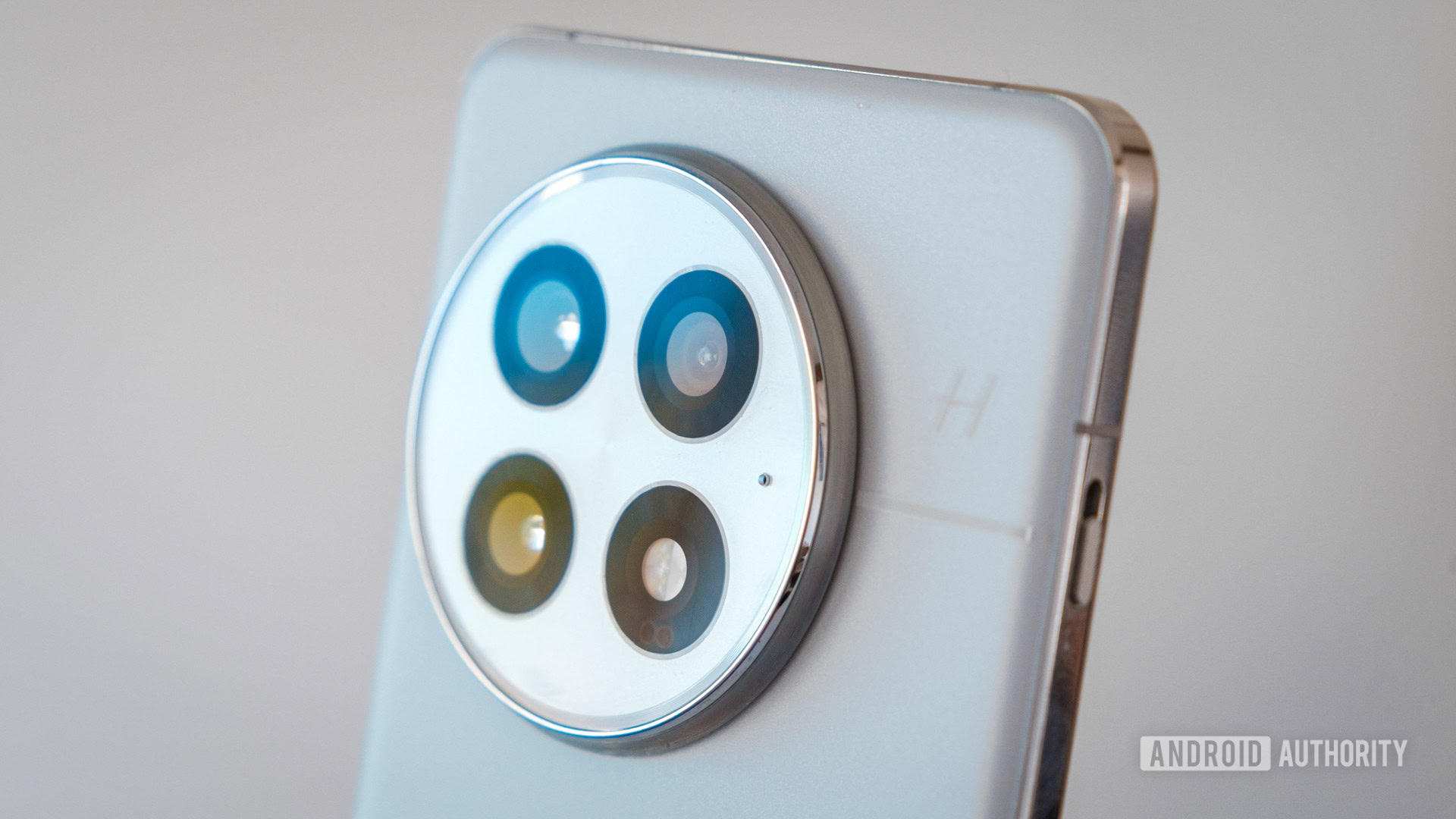
Robert Triggs / Android Authority
Let’s face it, smartphone sensor sizes will never reach the lofty heights of compact mirrorless or even Micro Four Thirds cameras. 1-inch sensors like the LTY-900 are about as large as is feasible, and even then, it’s arguably a bit too large to achieve an ideal focal length; bigger sensors require more space between them and the lens to avoid ultrawide fields of view. The best camera phones have sat quite comfortably at around 1/1.3-inches for a while now, and could well remain there for the foreseeable future.
Instead, sensors are turning to smarter tricks to capture better light from the same-sized sensors and pixels. Take Sony’s newly announced LYT-818; a 1/1.28-inch sensor sporting brand new Hybrid Frame-HDR (HF-HDR) technology.
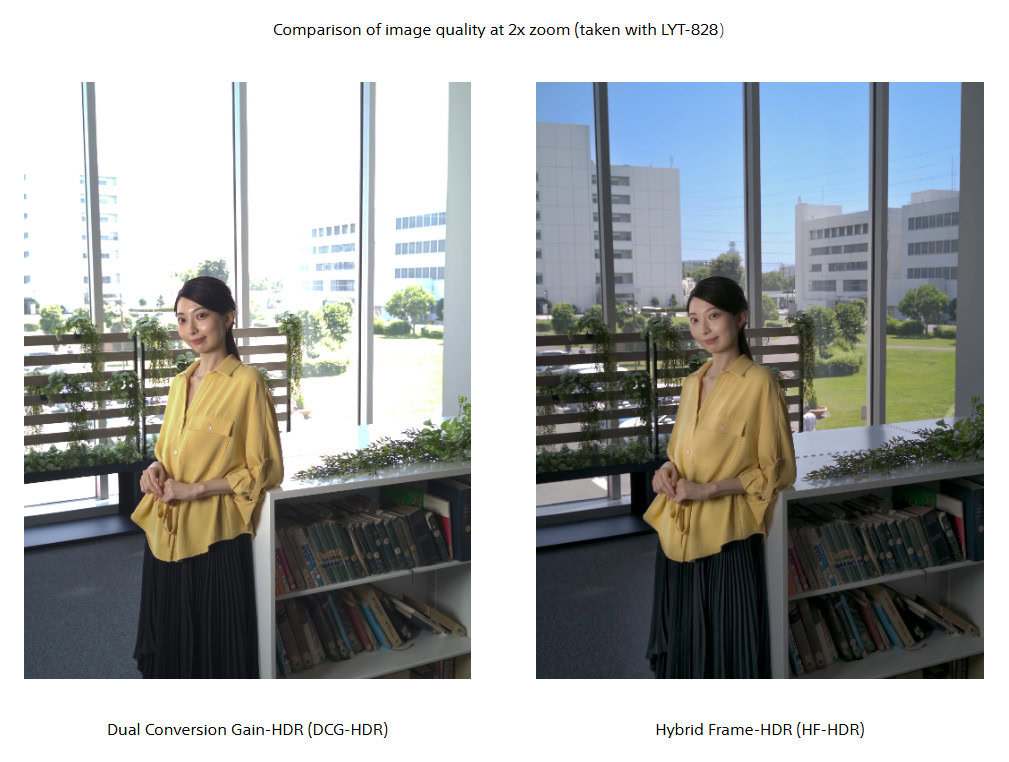
HF-HDR builds on the Dual ISO Conversion Gain (DCG) approach for dark shadows by merging short-time exposure frames into the mix, allowing it to capture bright highlights. Sony claims this provides over 100dB or up to 17 stops of dynamic range (the range between the lightest and darkest capture before clipping), resulting in fewer blown-out backgrounds or much better subject detail capture, even when zooming in. Sony’s LYT-828 also debuts proprietary ultra-high conversion gain (UHCG) technology to reduce random noise for improved low-light capture, which will help phones reduce reliance on post-processing.
Sony isn’t the only company investing in improved HDR capabilities and light capture. OmniVision’s new 1-inch OV50X sports lateral overflow integration capacitor (LOFIC) for improved dynamic range in bright light, along with more conventional DCG HDR technology. Apparently, the OV50X “provides close to 110 decibels (dB) single-exposure HDR.” It’s a big sensor, but could make for a real photography and videography powerhouse.
Longer zoom without the bulky size

C. Scott Brown / Android Authority
Of course, Samsung’s ISCOCELL has some new tricks up its sleeve too. Last year’s 200MP ISOCELL HP9 made quite an impression when I tested the Xiaomi 15 Ultra, as it boasts 14-bit RAW, iDCG and Staggered HDR, and 2x or 4x in-sensor zoom.
That last one has become an important zoom trick for many of this year’s best and future zoom cameras. It essentially takes the center 12.5MP from a 50MP or 200MP sensor to obtain 2x or 4x “lossless” zoom in hardware, rather than looking at sub-pixel frames in software (à la previous Pixel models).
In-sensor zoom and more compact periscopes will provide seamless zoom coverage.
The trade-off is that resorting to smaller pixels results in a loss of light capture, and it requires careful remosaic to extract accurate colors, such as Samsung’s full-resolution E2E AI Remosaic. Samsung’s latest GNJ, Sony’s LYT series, and the OmniVision OV50 all sport similar technologies, meaning this feature is likely to become far more common across models throughout 2026.
However, some truly promising long-range zoom innovations have emerged recently. Back at CES 2025, Samsung Semiconductor demonstrated its All Lenses on Prism (ALoP) concept to enhance zoom quality. ALoP places the lens elements atop the prism in periscope cameras, trimming module thickness while allowing a larger effective aperture — essentially tackling the two big problems of phone zoom cameras in one swoop. Narrow apertures are the bane of low-light capture at a distance.
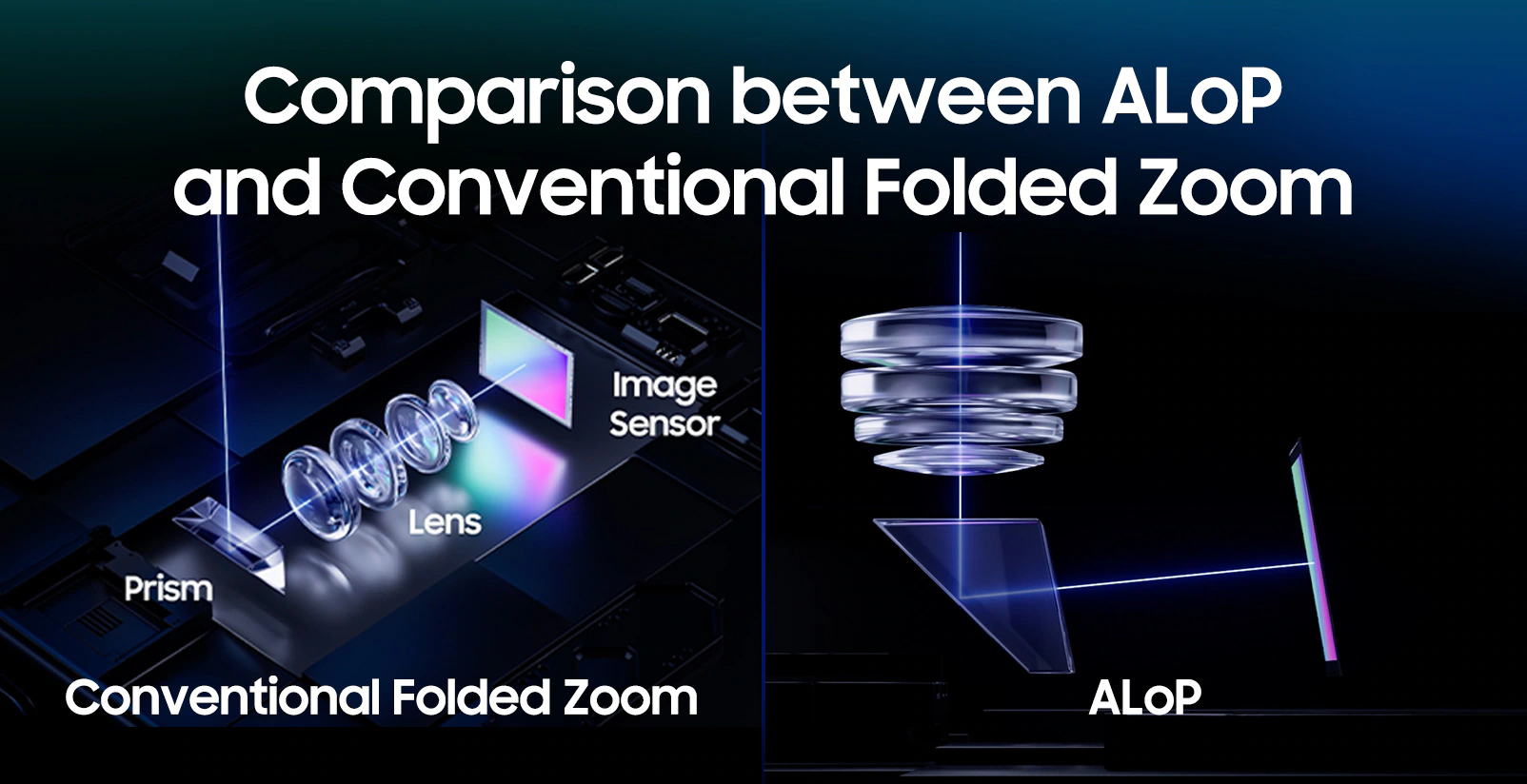
Similar technology is already available in commercial smartphones. OPPO’s Triple Prism Periscope Structure powers the mighty 3x cameras, backed by a 50MP 1/1.95-inch LYT-600 inside the Find X8 Pro and X8 Ultra. Presumably, the same setup is also in the OnePlus 13. Elsewhere, multi-lens “stacked” setups and longer-folded periscope cameras are helping make longer-range zoom more powerful, while novel ideas like Sony’s variable focal length and HUAWEI’s dual-lens periscope aid with flexibility.
It wouldn’t be the future without AI

C. Scott Brown / Android Authority
AI photography is already a core part of the smartphone camera experience—and it’s only going to become more central. From subtle exposure tweaks to full-scene reconstruction, AI is now doing a lot of the heavy lifting behind the scenes, and the latest chipsets from MediaTek and Qualcomm are helping features quickly descend the price tiers. While AI implementations can be seamless or horrendously heavy-handed, some brands are already showing just how powerful it can be when used well.
Take the OnePlus 13, for example. Its impressive zoom capabilities from a modest 3x telephoto lens are a showcase of what smart AI-driven processing can do. And of course, Google’s Pixel series continues to set the standard for computational photography — handling everything from HDR fusion to skin tone accuracy with remarkable finesse. The upcoming Google Pixel 10 will likely push even further, introducing next-gen features like advanced semantic segmentation and AI-enhanced zoom that delivers sharp results at higher magnifications without relying on heavy optics. Likewise, Apple’s Photonic Engine will undoubtedly see upgrades with the upcoming launch of the iPhone 17 series.
Looking ahead, expect AI to play an even bigger role in low-light photography. Rather than stacking multiple frames and hoping for the best, phones will increasingly use learned noise models to clean up shadows while preserving texture and avoiding ghosting. This should result in cleaner, more natural night shots, especially for moving subjects like people or pets.
AI can undoubtedly make photos better, but expect to sift through the gimmicks too.
Video will also see an AI upgrade. Some new phones already use real-time semantic processing to recognize what you’re filming and optimize focus, exposure, and tone on a per-object basis. Soon, more mainstream phones will offer this superior highlight control, more accurate skin tones, and improved background separation for video as well as photos. We’re also likely to see stabilized cinematic bokeh and AI relighting become more interactive and editable after the fact.
In short, AI is no longer just a buzzword — it’s becoming the backbone of smartphone photography. From better zoom and cleaner low-light shots to smarter video and creative post-processing tools, AI is reshaping how cameras see and understand the world. The best part? Much of this innovation will run natively on the device, giving users faster performance and more control without relying on the cloud.
Don’t sleep on the the mid-range
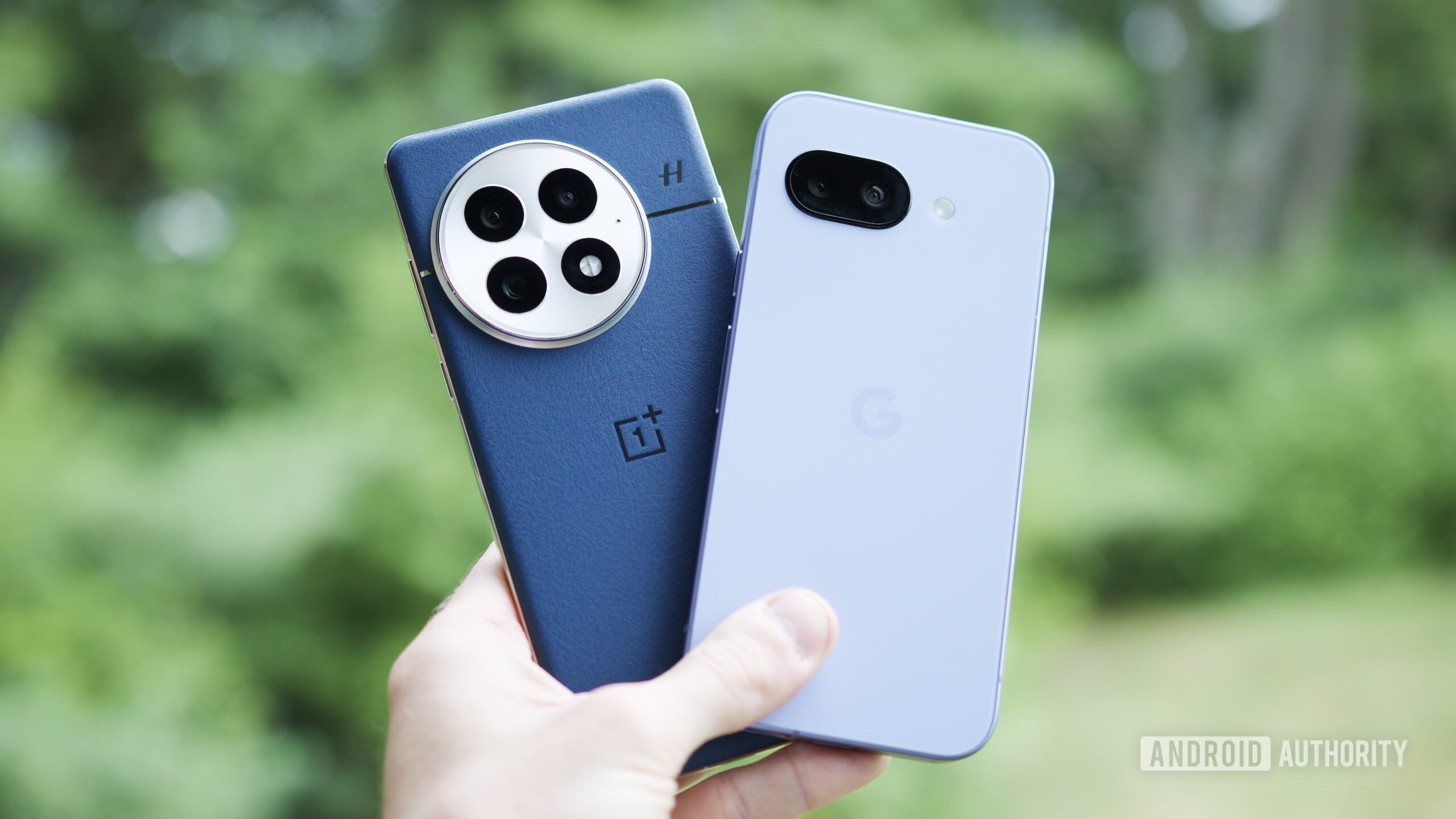
Joe Maring / Android Authority
Flagships still get the flashiest new toys, but mid-range phones are quietly catching up — and fast. Today’s upper-mid-tier models already support features like 4K video, optical image stabilization (OIS), and phase-detect autofocus. That spec list belonged to $1,000 phones just a few short years ago. We’ve recently seen telephoto zoom on some very adorable phones, significantly upping their shooting flexibility.
Sensor makers like OmniVision are helping drive this shift. Take its OV50M40, for example, which is designed to reduce cost and complexity while still supporting advanced features like multi-frame HDR and fast autofocus. The trade-off is typically a smaller sensor format and more basic optics, but the overall capabilities continue to climb.
Mid-range phones will quickly catch up with features recently considered flagship-tier.
By 2026–2027, it’s reasonable to expect mainstream phones to offer 50MP main cameras with quad-pixel binning, 4K/30 video, and AI-powered scene optimization as standard — effectively matching the spec sheets of 2023–2024 flagships. At least as far as the main camera in concerned.
In short, users in the mid-range segment won’t be left behind; they stand to benefit from continued improvements in both hardware and software as flagship tech filters down.
More of what we already know and love

Robert Triggs / Android Authority
Looking at the big picture, I’m not expecting a major revolution in mobile camera sizes or form factors in the next couple of years. However, that doesn’t mean that today’s smartphones are as good as they can possibly be.
The combination of new sensor tech, optical design, and AI means we can expect more dramatic improvements even by 2026/27 — especially in flagship devices. Features like multi-camera zoom fusion, ultra-resolution night modes, and full-scene HDR could all become standard and will even arrive in more affordable models before long.
While smartphone cameras are already amazing, provided you have the money to spend, the industry continues to evolve rapidly on both hardware and software fronts. There’s plenty for photography buffs to look forward to in the coming generations.

